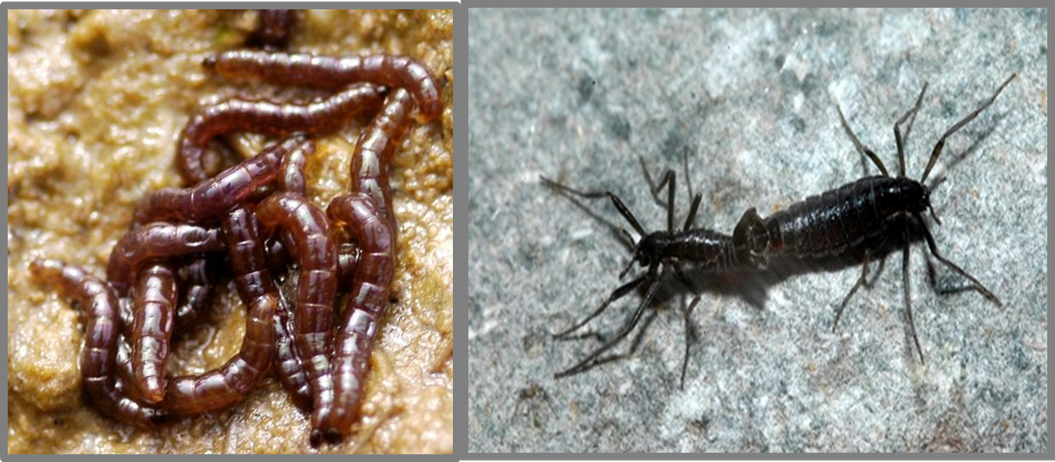
Insect species distributions are tightly linked to winter conditions. Surviving winter requires adaptations to cope with low temperatures and limited food resources, and much of our lab’s work focuses on the underlying mechanisms used by insects to survive extreme winter conditions. In this talk, I will primarily discuss our recent work on survival mechanisms of the Antarctic midge, which is the world’s southernmost insect and the only species endemic to Antarctica. This species can survive freezing of its body fluids for up to nine months a year, but it must also cope with considerable spatial and temporal variability in Antarctica’s unpredictable environments. Here, I will summarize how this impressive beast survives internal freezing, as well as the consequences of microhabitat variability and winter climate warming.

Larvae (left) and adults (right) of the Antarctic midge
Fieldwork
